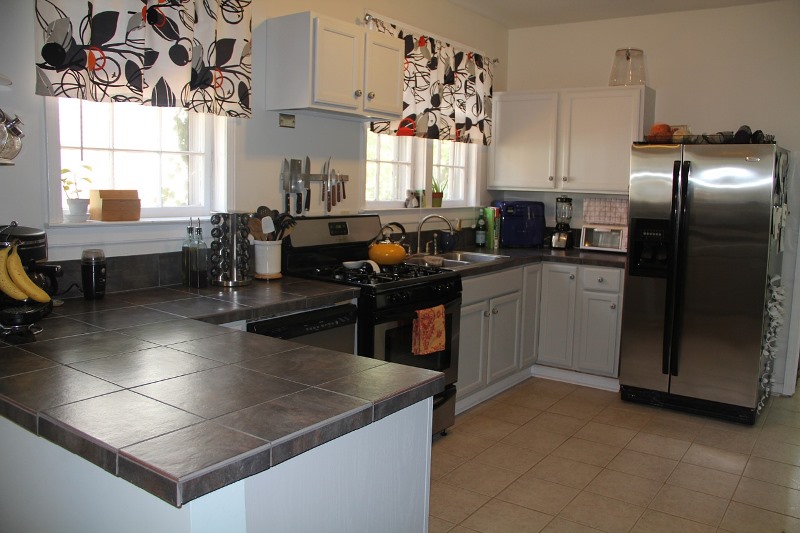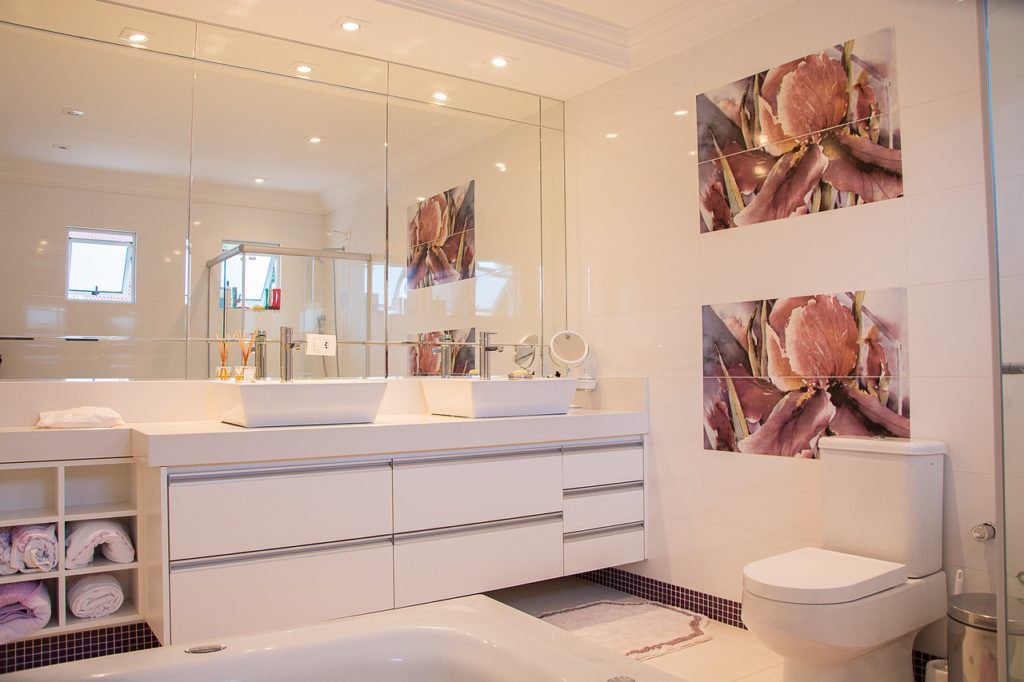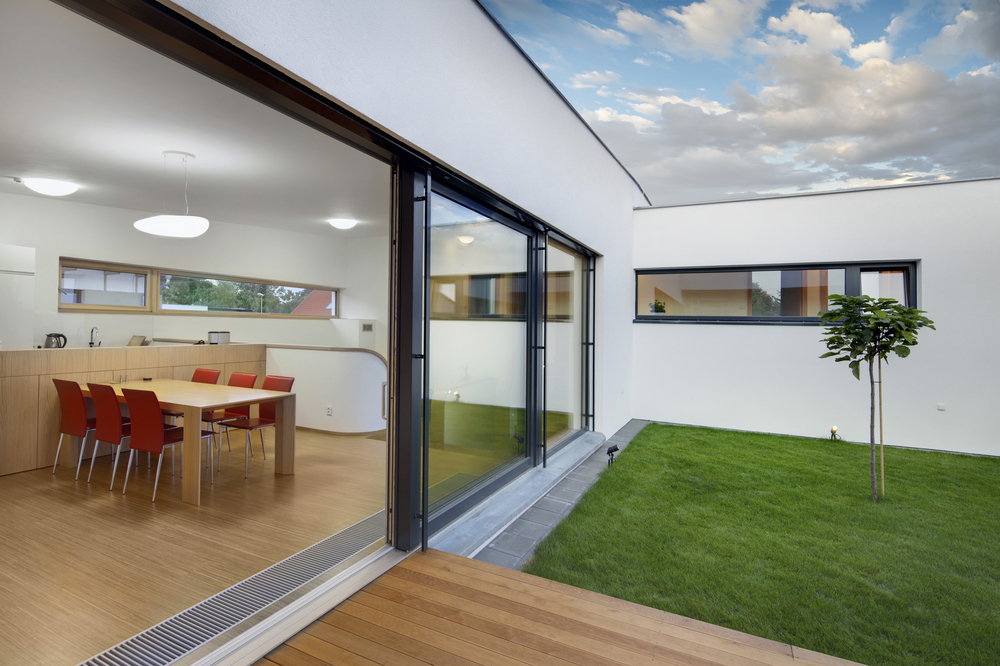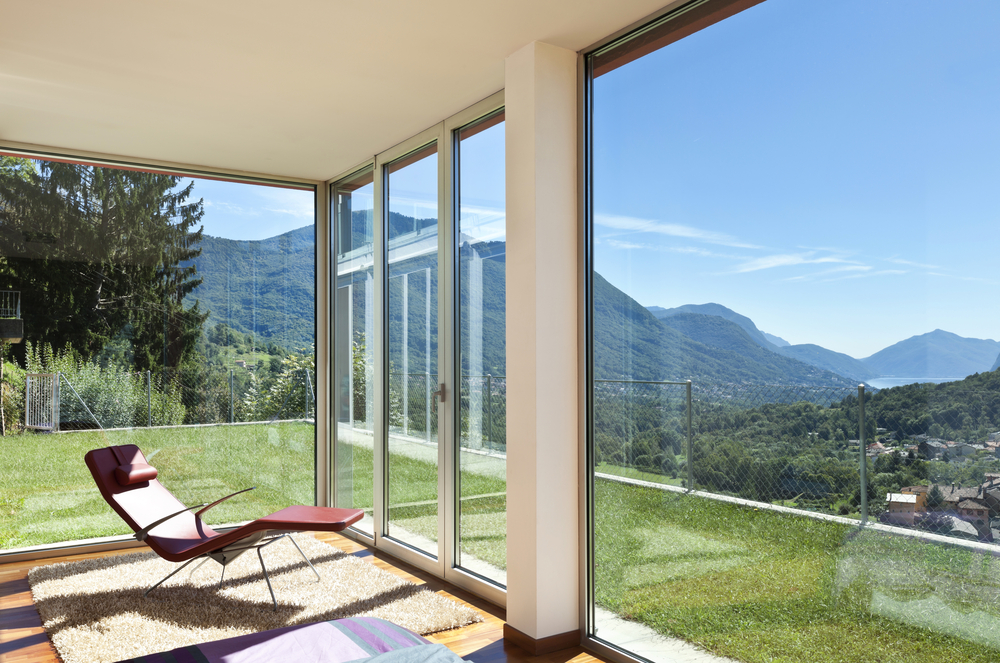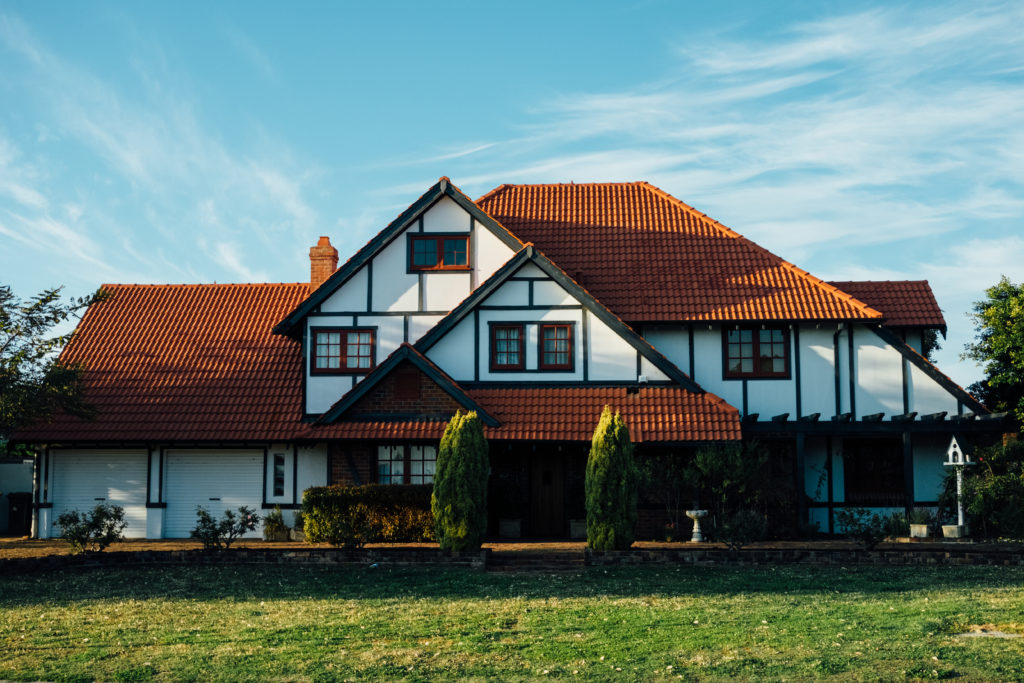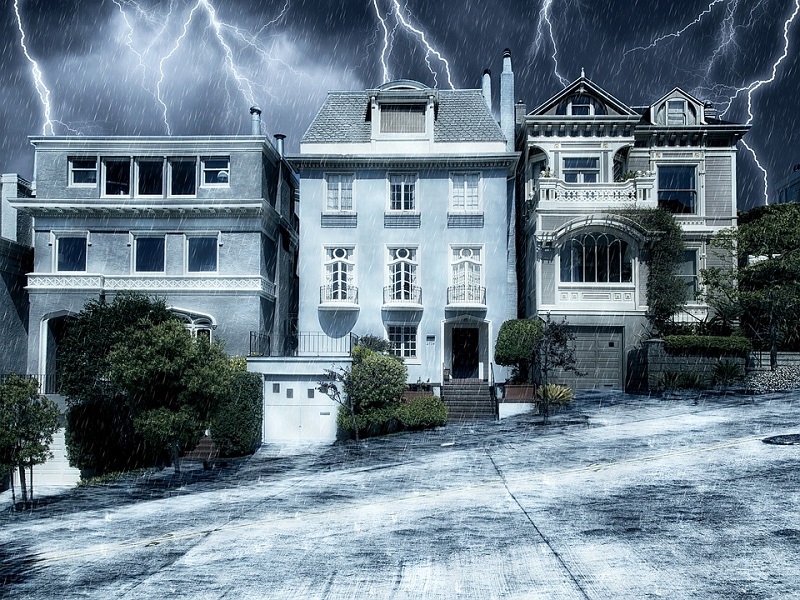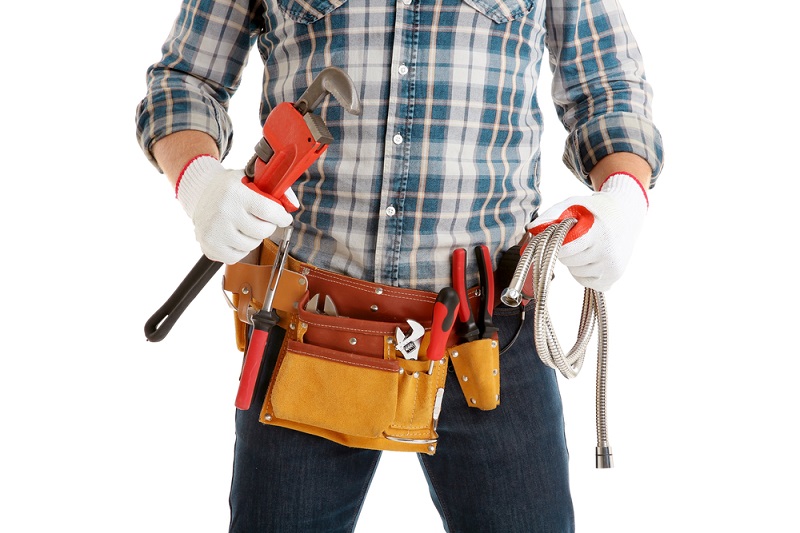For many people, the kitchen is right at the heart of the home. It’s where we not only cook, but often where we share meals together around the table, where we bake sweet treats with the children and where we relax with a cup of coffee after a hard day at work.
It’s no surprise that renovating the kitchen can add value to your home and also add value to your daily lives, as one of your most used rooms is now even better.
What could improve it even more than your renovation? How about some new appliances? These five appliances will look great and they are also practical, so you don’t even need to feel guilty about splurging on them!
1. Steamer
A steamer is a fast and efficient way to cook vegetables, most starches, chicken and fish. Not only does the food taste fantastic when it has been steamed, but it also withholds so many more nutrients than food boiled or roasted does.
It’s so convenient to be able to add your protein, starch and sides to the same cooking appliance and it will save you on the dreaded washing up because you won’t have a lot of pans to wash.
2. Coffee Machine
A coffee machine is a great way to enjoy your favourite barista style coffee at home. The smell of freshly brewing coffee will make your kitchen seem even more homely and comforting, and you will save a lot of money by not having to visit your favourite coffee shop for good coffee. It’s so convenient to just be able to go to the kitchen and pour yourself a cup.
You can choose to grind your own beans for a really authentic experience, or for a simpler way, choose a pod style coffee maker.
3. A George Foreman Grill
A George Foreman Grill is another really quick and convenient way to cook food, especially meat. It gives your meat that lovely smoky, almost barbecued taste.
It also works to draw the fat out of your meat and make it more friendly on your health and waistline. Rather than the fat running out and then being reabsorbed into the meat, with a George Foreman Grill, the fat runs away and is collected in a tray for disposal.
4. A Nutribullet Juicer
A Nutribullet juicer is an essential for any health conscious family. The perfect way to make delicious, nutritious juice, the Nutribullet can break down even the toughest of fruits and vegetables to make you a great tasting and healthy juice.
This is a particularly good appliance for anyone with children who don’t want to eat their five a day – most children will drink the juice because of its sweet taste and appealing colour.
And let’s be honest – it looks pretty snazzy on your counter top too!
5. Electric Spiralizer
No modern kitchen is complete without a spiralizer. A spiralizer is used to cut vegetables into pasta like ribbons that can then be used to replace spaghetti or tagliatelli pasta in your favourite Bolognese and carbonara dishes.
The perfect solution to making a family favourite quicker and healthier. As one of the most recent trends in healthy eating, many modern recipes call for spiralized vegetables so don’t worry that you won’t know what to do with it!
That’s it – our top five recommendations for five appliances that every family needs to have in their newly renovated kitchen. All of the appliances we’ve chosen will save you time. Some will also save you money and effort too. And they will even help to ensure that you and your family are eating and drinking more healthily too!

